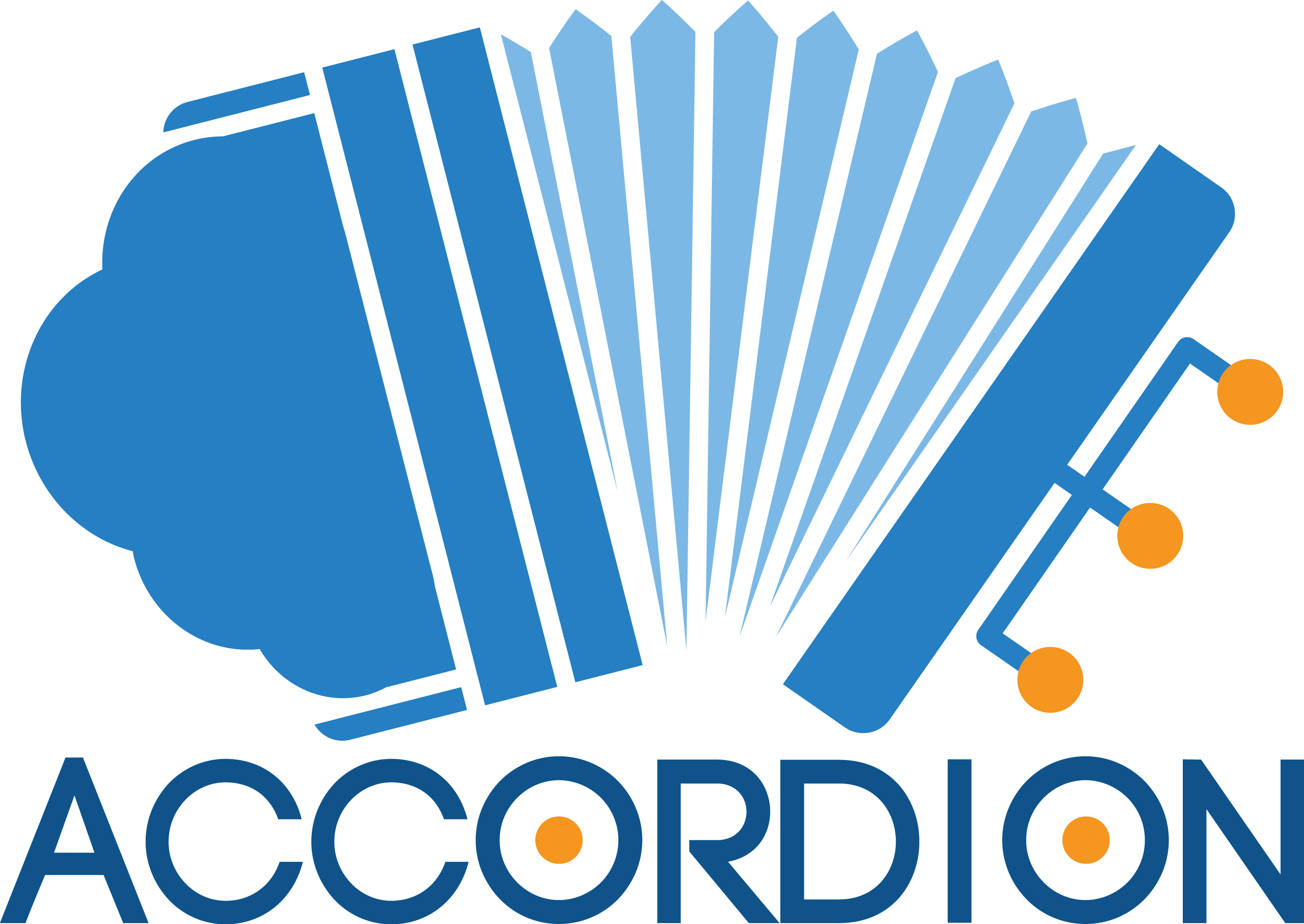The ACCORDION project investigates innovative ways to federate small and large resource providers, creating pools of heterogeneous resources spanning a common space going from the edge to the cloud. Such resource pools will be made available to developers of next-generation applications, exhibiting particularly tight constraints on performance indicators like maximum sustainable latency, and with critical needs to ensure a persistent quality of experience to their end users.
Some partners of the ACCORDION Consortium are investigating how this federation may be implemented, from both a technology as well as from a business side perspective. Defining a viable and sustainable business model is particularly relevant to make joining the ACCORDION federation an attractive move for potential new members. Thus, the analysis of business modeling was started early in the project, with the intent to prevent as much as possible design and implementation choices unwillingly creating potential hurdles to the actual adoption of ACCORDION in the real world.
At end of 2020, ACCORDION released the first version of its report D7.5 – Technoeconomic analysis (I) (that will next become publicly available). This report contains an analysis of possible business models underpinning and sustaining a type of federation like the ACCORDION one. The investigation started highlighting the key aspects and elements characterizing a federation, its governance principles and general defining elements. Then, the analysis turned to seek the best fits among available business models for federations, looking inside domains closer to ACCORDION and its scope.
Eventually, the most promising reference was found in a previous Horizon 2020 innovation project (5GEx)1, acting in the 5G networking area. Some important touch-points were found between this project and ACCORDION. First, CSPs (Communication Service Providers) are among the actors potentially being a key part of an ACCORDION federation. Furthermore, 5GEx was focused on the case of multi-party, multi-provider federations, which is the same typology of federation envisioned by ACCORDION. Thus, the initial matching was quite promising. The different aspects of the 5GEx federation model were individually overhauled, to evaluate their fit with the ACCORDION case.
The scouting was completed by looking, in a less insightful manner, at a different class of federation models, i.e. the cloud provider federations, which also had potential touchpoints with the ACCORDION scenario. Basically, this part of the work outlined the general features and approaches proposed by this category of federations, taking into account work from EU research projects (e.g., Contrail2) and an acknowledged reference like the US NIST reference architecture.
Eventually, wrapping up the inputs derived by the previous steps, an initial proposition for the ACCORDION federation model was drawn up, and from this starting point some suggestions to the technical design were obtained.
This proposition is an initial version for the project. It is going to be completed and refined through the second project year. Its final results will be collected and presented in the follow-up deliverable D7.9 – Technoeconomic analysis (II), planned for release at the end of 2021.
[1] L.M. Contreras, A. Ramos, M. Dramitinos, B. Sonkoly, M. Di Girolamo, L. Toka, J. Melián, and C.J. Bernardos, “Multi-Domain Provision of 5G Services for Vertical Industries – Business and Technical Implications,” in 2017 European Conference on Networks and Communications (EuCNC), Oulu, 2017.
———————————
[2] Cascella, R. G., Blasi, L., Jegou, Y., Coppola, M., & Morin, C. (2013, May). Contrail: Distributed application deployment under SLA in federated heterogeneous clouds. In The Future Internet Assembly
(pp. 91-103). Springer, Berlin, Heidelberg.
Written by Marco Di Girolamo | HPE
